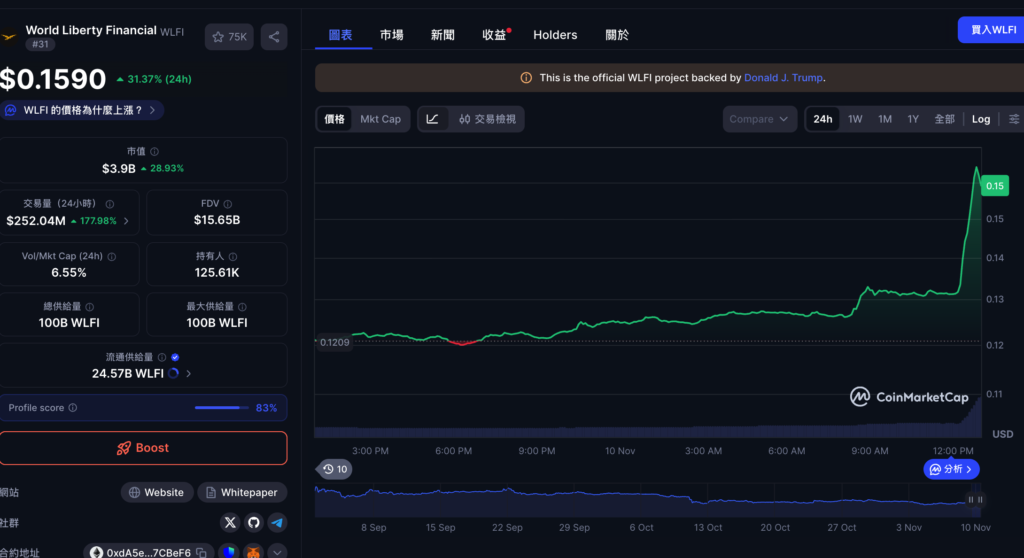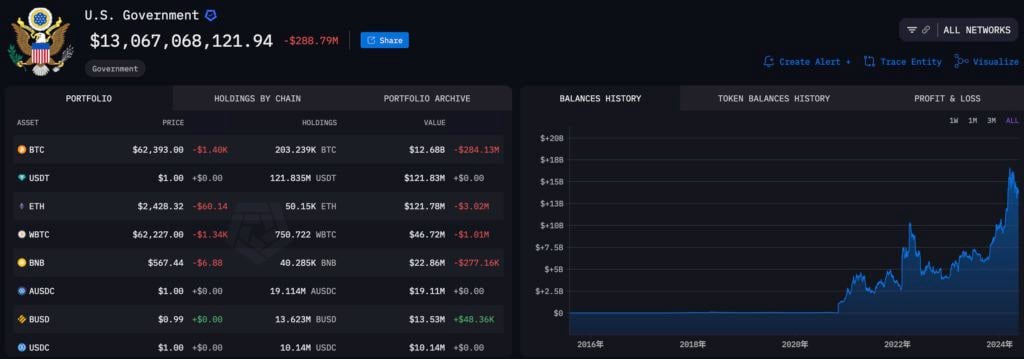According to the latest data from SoSoValue, as of November 18, 2025, Bitcoin spot ETFs saw a net outflow of $373 million, marking the fourth consecutive trading day of capital outflows. The cumulative net outflow over the past week (November 14-18) has exceeded $2.2 billion, indicating a significant shift towards a more conservative market sentiment. November 13 saw the largest single-day outflow in recent times, reaching $869 million, which also put pressure on Bitcoin prices.BTC▲Prices fell to around $92,783 (from $91,287 at the time of writing), a significant drop from the highs at the beginning of the month.
![图片[1]-Largest net outflow in history! BlackRock IBIT saw over $500 million outflow in a single day, signaling a red flag for market confidence?-OzABC](https://www.ozabc.com/wp-content/uploads/6.15.15-764x550.webp)
BlackRock’s IBIT suffers its biggest single-day leak in history.
More notably, the IBIT ETF , issued by global asset management giant BlackRock , recorded a net outflow of $523 million on November 18th, marking the largest single-day withdrawal since the fund’s inception. This represents a reduction of approximately 5,630 bitcoins. Currently, IBIT’s total net asset value remains the highest among Bitcoin ETFs at $72.76 billion, but such a large outflow has raised questions about its investment momentum and may reflect a broader trend.BTC▲ETF investor confidence is declining.
![图片[2]-Largest net outflow in history! BlackRock IBIT saw over $500 million outflow in a single day, signaling a red flag for market confidence?-OzABC](https://www.ozabc.com/wp-content/uploads/largest-net-outflow-in-history-blackrock-ibit-saw-over-500-million-outflow-in-a-single-day-signaling-a-red-flag-for-market-confidence.png)
The total net asset value of ETFs declined, and the price of Bitcoin followed suit.
The total net asset value of Bitcoin spot ETFs has now fallen to $122.29 billion, a decrease of more than $30 billion from the high of nearly $155 billion at the beginning of the month, echoing the simultaneous decline in Bitcoin prices.
This wave of ETF outflows has also put pressure on the performance of most institutionally issued ETFs. For example:
- Grayscale’s GBTC: Although no funds flowed on November 18, its ETF has seen a cumulative net outflow of $24.9 billion.
- Bitwise (BITB) and ARKB also saw no inflows of funds on the day, indicating a decline in overall market risk appetite.
A few ETFs attracted small amounts of funds, but this couldn’t stem the overall market downturn.
Despite a significant outflow of funds from mainstream ETFs, some ETFs still saw a slight inflow of funds:
- Grayscale’sBTC▲ETFs (excluding GBTC): Net inflow of $139 million on the day, making it one of the few products that attracted funds against the trend.
- Franklin’s EZBC: Recorded a net inflow of $10.76 million, adding approximately 115 Bitcoins to the position.
- Invesco’s BTCO and VanEck’s HODL also recorded inflows of several million dollars, but the scale was far smaller than the overall outflow.
Overall, even though individual products still attracted buyers, it was difficult to offset the market’s unease about the prospects of cryptocurrencies and ETFs.
Market Watch: Have investors entered a wait-and-see period?
Is this large-scale outflow merely a short-term correction, or does it represent a fundamental shift in market confidence regarding Bitcoin’s future? We still need to observe the flow of funds in the coming days.
It’s worth noting that ETFs, as a key tool for mainstream institutions to enter the Bitcoin market, often have their fund flow changes seen as a market indicator. Continued fund outflows could further drag down Bitcoin’s price.






















